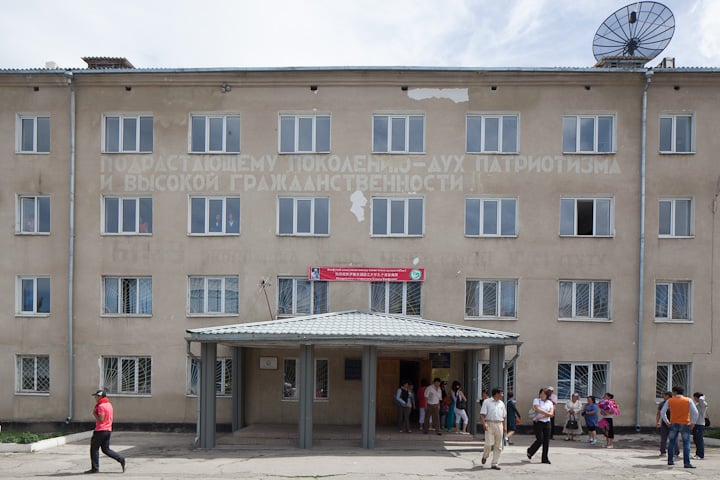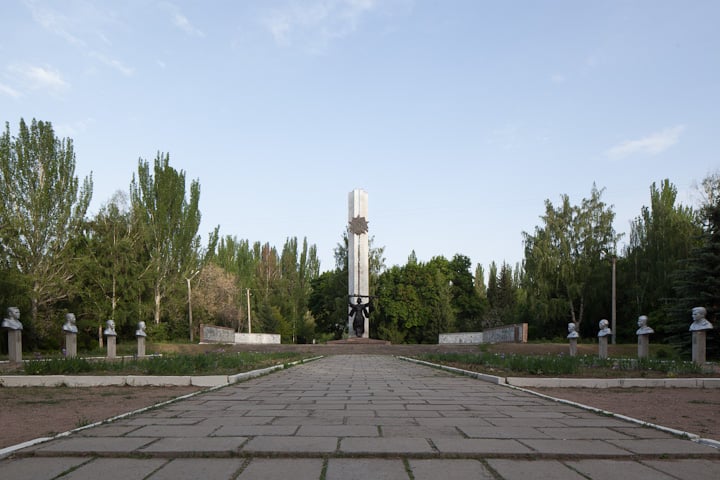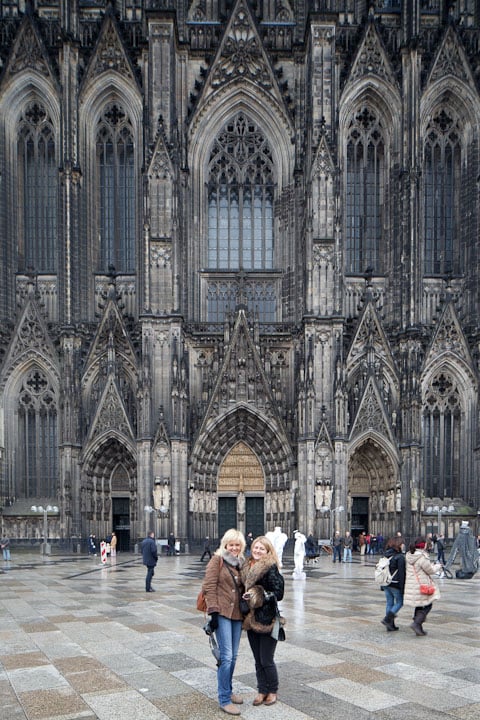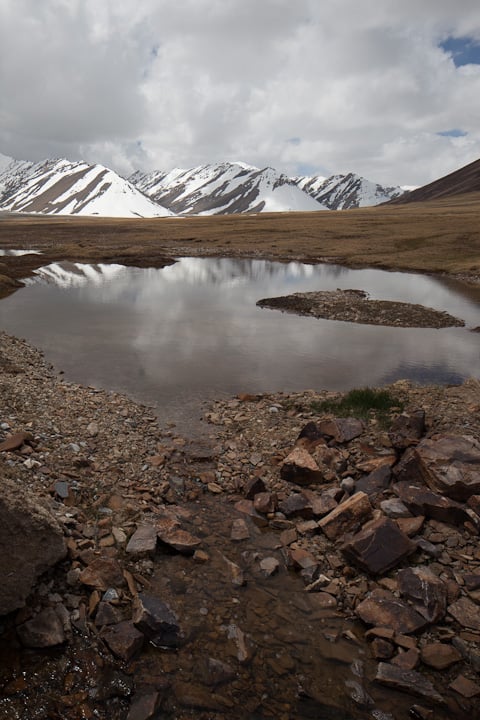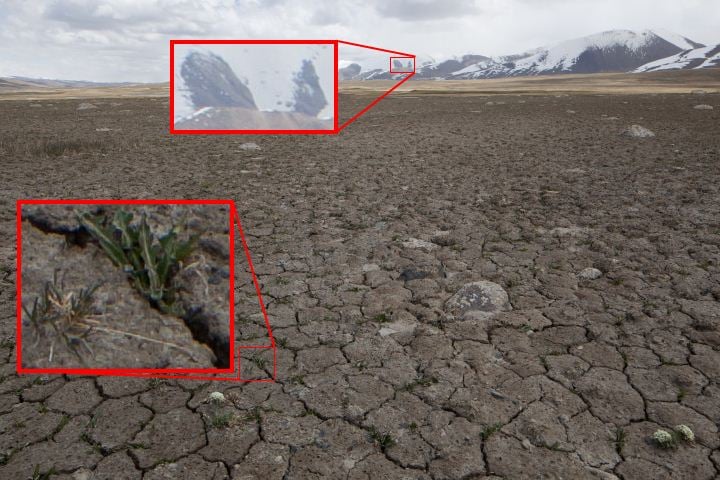burancap
Veteran
Hi all,
I hope this thread is in the correct forum (MODs, please move if needed and my apologies in advance).
I am currently ramping up for an architectural photography project, primarily focused on front elevations of homes. The shots need to be as square/right-angled as possible to provide an almost "illustrated" shot of the homes. The verticals need to be as true as possible (requiring minimal lightroom correction).
In the past, I would grab a Hasselblad SWC or SWC/M and seemingly job done. Today, though, I don't have the lead time and would like to get results as soon as possible. So... my question.
What would be the digital and/or 35mm equivalent (modern or otherwise) to the SWC? Body, lens, etc...
My appreciation in advance!
Thanks,
I hope this thread is in the correct forum (MODs, please move if needed and my apologies in advance).
I am currently ramping up for an architectural photography project, primarily focused on front elevations of homes. The shots need to be as square/right-angled as possible to provide an almost "illustrated" shot of the homes. The verticals need to be as true as possible (requiring minimal lightroom correction).
In the past, I would grab a Hasselblad SWC or SWC/M and seemingly job done. Today, though, I don't have the lead time and would like to get results as soon as possible. So... my question.
What would be the digital and/or 35mm equivalent (modern or otherwise) to the SWC? Body, lens, etc...
My appreciation in advance!
Thanks,


